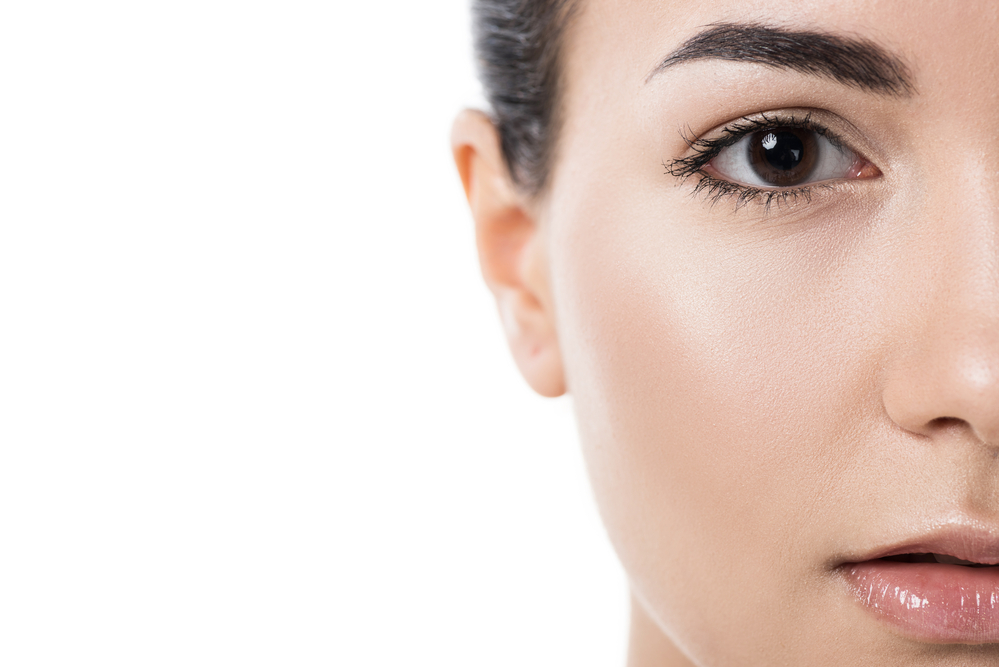Actinic keratoses are a common skin condition that causes scaly lesions to grow on the skin, typically on areas such as the hands, face, lips, and scalp. This skin condition is not cancerous, but it could be a sign that you could develop skin cancer in the future. When you visit Worcester Dermatology in Worcester, MA for a consultation, you can learn more about this skin condition and how to treat it.
Do Actinic Keratoses Go Away on Their Own?
In general, AKs do not go away by themselves. Like other skin conditions such as eczema or psoriasis, the only certain way to treat AKs is with intervention from a dermatologist. Medications and aesthetic treatments can resurface the skin to remove the scaly patches and help prevent the development of skin cancer in the future. The most common treatments for this skin condition include:
Chemical Peels
Chemical peels can exfoliate several layers of the skin to remove AKs from the skin surface. Typically, a medical-grade chemical peel (such as a medium peel or a deep peel) is the best strength to use for removing AKs. At-home chemical peels and chemical exfoliants are not strong enough to remove the scaly patches.
Liquid Nitrogen
Liquid nitrogen or cryosurgery can be used to remove larger AKs. For this treatment, a dermatologist will apply liquid nitrogen to the scaly patches of skin; after a few days, the frozen scales will fall off. Some patients may need multiple treatments to address all AK patches. Cryosurgery with liquid nitrogen can be done at your dermatologist’s office.
5-FU Medication
5-FU is a topical medication that is used to treat AKs that spread to larger areas of the body. This is an at-home treatment that will need to be applied at least one to two times a day for up to four to six weeks. This medication works by destroying skin cells that are damaged by UV rays. Most patients will see results in about two weeks. Many dermatologists consider this a good early intervention.
Light and Laser Therapy
For certain patients, using light or laser therapy is another treatment option. Light therapy or photodynamic therapy is best for patients who have recurring AKs that return even after medicated gels and other treatments. Laser therapy is most appropriate for AKs that develop on the lips.
How Is This Skin Condition Diagnosed?
You cannot diagnose AK by yourself. If you notice any scaly skin lesions or large patches of abnormal skin, you should schedule an examination with a dermatologist. Only a dermatologist will be able to examine your skin and identify the signs of AK or even signs of skin cancer. After diagnosis and treatment, a dermatologist will typically recommend regular skin checks to assess for any indication of cancerous skin cells.
How Can You Prevent This Skin Condition?
This skin condition is typically caused by unprotected exposure to UV rays from the sun or even UV tanning beds. The UV rays in sunlight carry free radicals that can damage skin cells and lead to abnormal growth, hyperpigmentation, and other concerns. Because the sun is the leading cause of AKs, the best way to prevent this skin condition is to protect your skin from the sun.
What Is the Best Sunscreen To Use?
In the past, people only had the option of using mineral sunscreens that created a physical barrier between the skin and UV rays. Today, people also have the choice of chemical sunscreens, which penetrate the upper layers of the skin to provide sun protection. Some sunscreens are formulated to contain both mineral and chemical protection.
In general, using any sunscreen to protect your skin is better than not using any sunscreen at all. However, if you have very sensitive skin, you may find that mineral sunscreen is better tolerated. Regardless of the formula, you should make sure you are using a sunscreen that protects from UVA and UVB rays, as well as a sunscreen that is water-resistant and sweat-resistant. Sunscreen that is rated SPF 30 or higher is generally the best product to use.
What Is the Best Way To Use Sunscreen?
You should apply sunscreen to every area of exposed skin every day, especially if you plan to be outside for a long time or you will be outside during the sunniest times of the day. You must apply an adequate amount of sunscreen for the product to be effective, which usually means applying a teaspoon to each area of your body.
You should wait at least 15 minutes after applying sunscreen to go outside since this is about how long it takes for sun protection to activate. It’s best to reapply sunscreen every two hours if you will be outside for a significant length of time. Reapplying sunscreen will ensure your sun protection is continuous, even if you sweat or get wet.
Treat Actinic Keratoses Effectively
Actinic keratoses are a fairly common skin condition that is usually benign. However, for some patients, developing AKs is an early warning sign for skin cancer in the future. This skin condition will not go away by itself, so you will need to work with a dermatologist to find a treatment that works for your skin condition. Get in touch with Worcester Dermatology in Worcester, MA to schedule a skin examination today.
